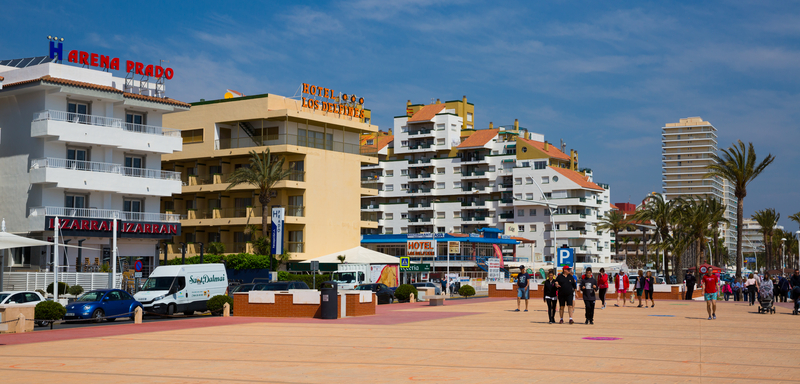Valencia is undergoing a significant shift in its tourism model, moving away from holiday rentals and focusing on hotels. Over the past 20 months, the city has granted approximately 50 building and operating permits for new hotel establishments. This initiative aims to improve coexistence in neighborhoods, separate tourism from residential areas, and free up much-needed housing, ultimately increasing the supply of affordable rentals.
Why the Shift Towards Hotels?
The city government, led by María José Catalá, is clear about its objective: to enhance the quality and control within the tourism sector. The new hotels, primarily located in entire buildings, are expected to create jobs and curb the proliferation of often illegal tourist apartments. A moratorium on new holiday rental licenses is already in place, with new regulations aiming to limit the proportion of tourist apartments in the city to 2%.
Massive Investment and Job Creation
The 50 new hotels will account for 2,684 rooms and a total of 5,864 beds. The estimated private investment stands at an impressive 200 million Euros, with the creation of approximately 5,000 direct and indirect jobs expected. This is welcome news for the local economy.
Hotel Bed Deficit and Tourism Boom
Valencia’s hotel industry has long complained about a bed deficit, which has been unable to adequately cope with the city’s ongoing tourism boom. Although the number of beds has doubled from 10,000 to 20,000 over the last two decades, much of the increased visitor influx has been absorbed by the massive opening of apartments, many of which are illegal. The sector estimates that over 10,000 additional hotel beds are needed to manage the annual influx of visitors, particularly during peak season and major cultural, sporting, and corporate events.
Diverse Projects and Heritage Preservation
Among the newly approved hotels are establishments of varying star ratings. Notably, some projects involve the comprehensive rehabilitation of heritage-listed buildings, such as those on Calle Caballeros 33 or Portal Nou Square in the historic center. These initiatives contribute not only to hotel development but also to the preservation of Valencia’s architectural and archaeological heritage.
New Hotel Locations in Valencia
The new hotel projects are strategically distributed across the city:
- A prominent project with 500 beds is being built between Maximiliano Thous and Benipeixcar streets in the Saïdia district.
- Another hotel with 339 beds is planned for Calle Antón Martín in Malvarrosa.
- A third significant project with 248 beds will be located at Avenida del Puerto No. 31.
- The area around Plaza del Ayuntamiento will also see new hotels, including 142 beds in the old Telefónica building. Additional projects are planned for Pintor Sorolla (228), Barcas (96), Ribera (146), Félix Pizcueta (90), and San Fernando (66) streets.
Successful Public-Private Collaboration
Juan Giner, Councillor for Urban Planning, Housing, and Licenses, emphasizes the “joint work” between his department and investors in the hotel sector. He states that most of these future hotels have already begun construction or will do so shortly. Giner criticizes the previous administrations for having stalled many of these projects for years. Thanks to the current public-private collaboration, economic activity in Valencia has now been significantly boosted. This development underscores Valencia’s commitment to promoting high-quality and sustainable tourism while safeguarding the quality of life for its residents.




